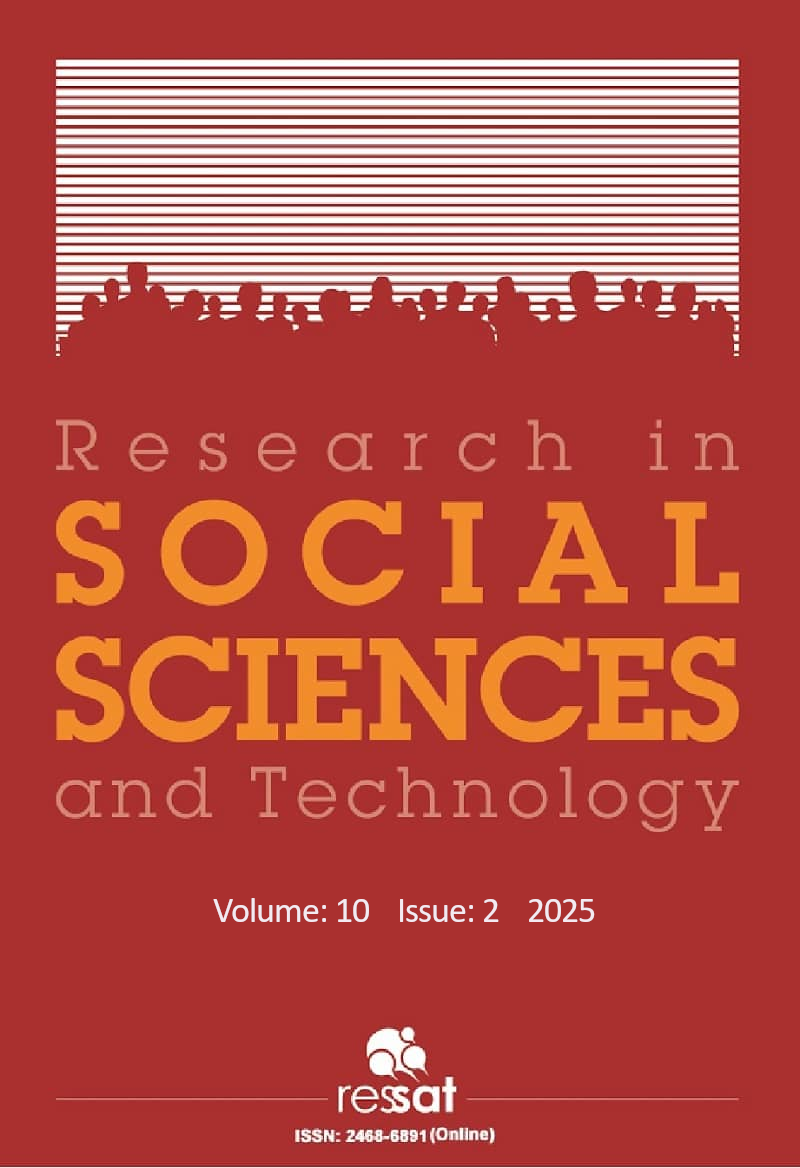Abstract
This study examines the spatio-temporal and projected dynamics of land use and land cover (LULC) changes in Durban Metropolis, South Africa. The research problem focuses on the growing tension between urban sprawl and the ecological sustainability of recreational parks in Durban Metropolis. As rapid urban expansion continues to encroach upon the recreational green spaces, it exacerbates degradation, threatening biodiversity and undermining ecosystem resilience. This study's significance extends to Higher Educational Institutions (HEIs) by demonstrating how GIS technology can be integrated into research, teaching, and learning to enhance environmental literacy and promote sustainable development principles. This research also contributes to bridging the gap between environmental research and pedagogy, empowering educators and students to engage actively in ecosystem conservation. The study adopts the Place-Based Education (PBE) Frameworks, providing a foundation for understanding the interconnectedness between societies and ecosystems, thereby aligning well with the study’s emphasis on advancing environmental education. A quantitative research approach was employed, combining GIS-based spatial analysis of satellite imagery with quantitative data. Base maps from 2004, 2014, 2024 and projections for 2034 for 9 major parks were analyzed to project trends in vegetation loss and urban LULC for the study area in 2034, highlighting areas of significant ecological concern. Findings emphasize continued pressure on green spaces, underscoring the urgent need for conservation strategies. The study recommends integrating GIS-based tools in teaching sustainable urban development, fostering critical thinking, and promoting place-based learning to equip students with skills for analyzing and addressing real-world environmental challenges.
This work is licensed under a Creative Commons Attribution 4.0 International License.


